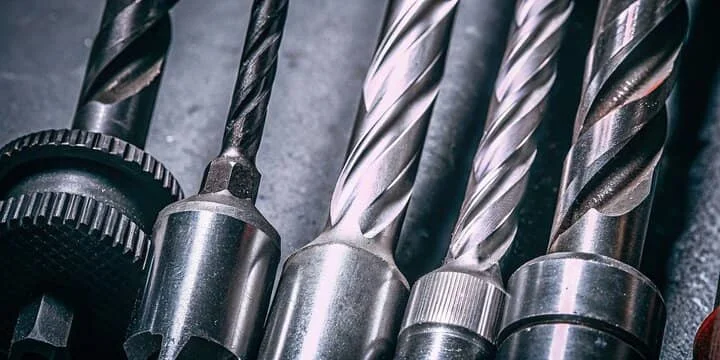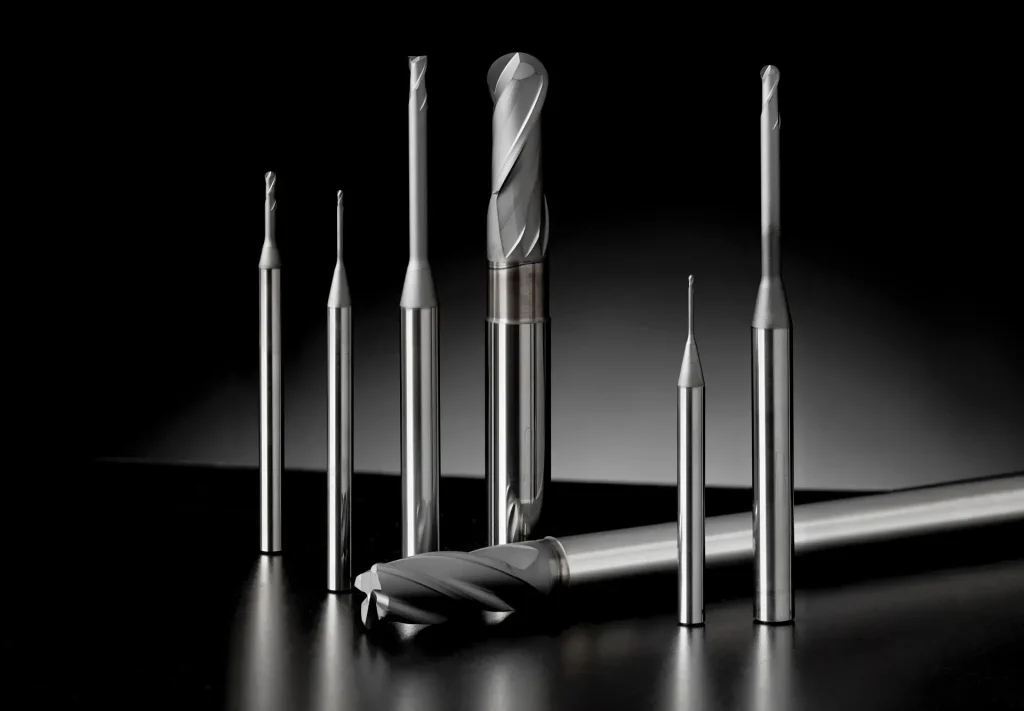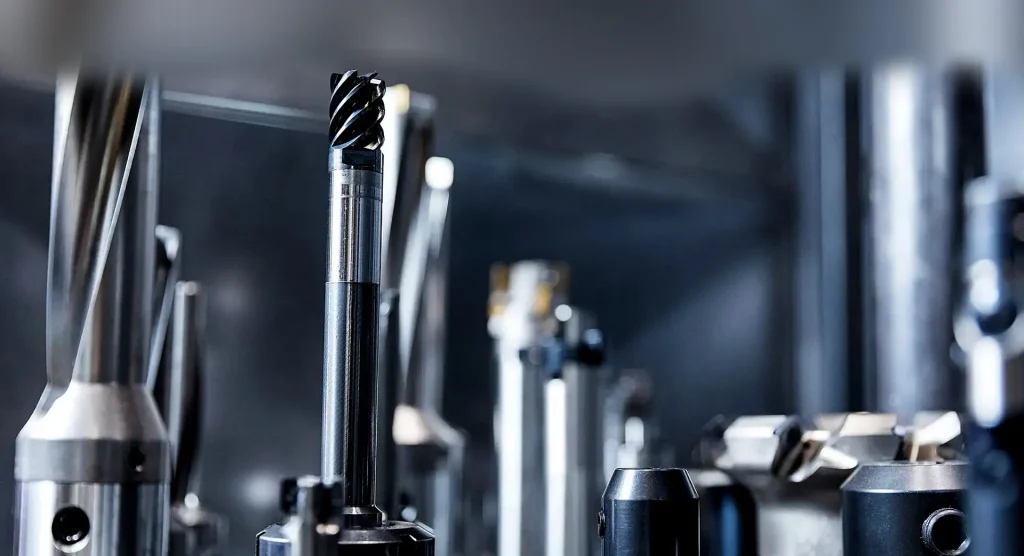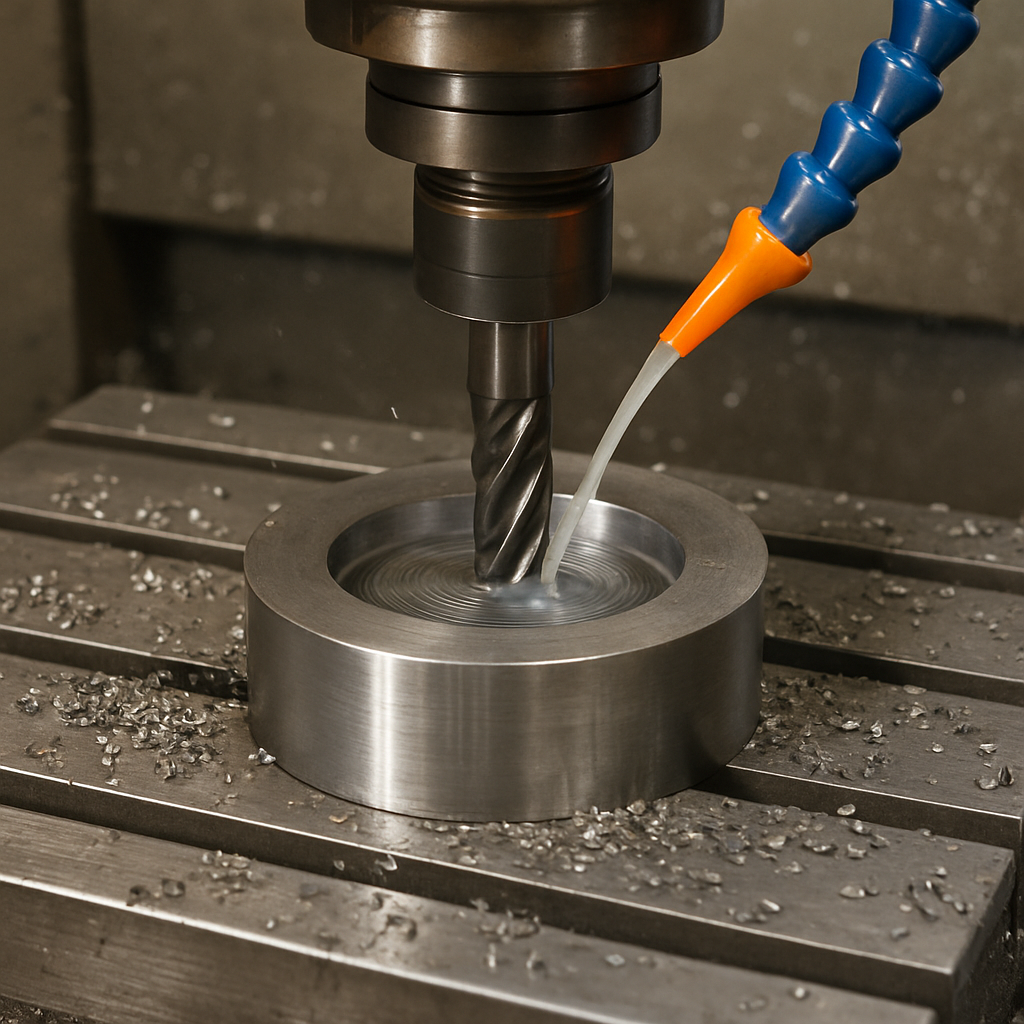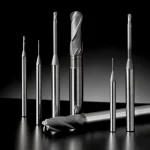The twist drill bit is an essential tool in various industries, known for its efficiency in cutting through materials. But have you ever wondered how these drill bits are made? This article will walk you through the twist drill bit production process, focusing on key aspects like design, CNC machining, heat treatment, and more.
In essence, drill bit manufacturing involves several stages, each contributing to the final product’s quality and performance. The process begins with selecting the right material, typically high-speed steel (HSS), known for its durability and cutting efficiency.
Material Selection and Cutting Tool Design
The first step in the twist drill bit manufacturing process is selecting the appropriate material. High-speed steel (HSS) is a popular choice due to its ability to withstand high temperatures and maintain sharpness. Once the material is chosen, designers use computer-aided design (CAD) software to create precise specifications for the drill bit.
The design phase is crucial as it determines the drill bit’s performance. Factors like the length, diameter, flute design, and point angle are meticulously planned to ensure optimal cutting efficiency and durability.
CNC Machining in Drill Bit Production
CNC (Computer Numerical Control) machining plays a pivotal role in the industrial drill bit fabrication process. This technology allows for the precise shaping of drill bits according to design specifications.
The Role of CNC Machines
CNC machines automate the cutting, grinding, and shaping of drill bits, ensuring consistency and accuracy. The machines follow the CAD designs to carve out the flutes, which are the helical grooves running along the drill bit’s length. These flutes help remove debris and allow for smooth drilling operations.
The CNC machining process also involves creating the drill bit’s point, which is essential for starting the drilling process. The point’s angle is adjusted based on the material it is designed to cut.
Heat Treatment and Tool Hardening
by Louis Hansel (https://unsplash.com/@louishansel)
After machining, the drill bits undergo heat treatment, a crucial step in enhancing their durability and performance.
Understanding Heat Treatment
Heat treatment involves heating the drill bits to a high temperature and then cooling them rapidly. This process, known as quenching, increases the hardness and strength of the drill bits. The result is a tool that can withstand the rigors of cutting through tough materials without losing its edge.
Tool hardening ensures that the drill bit maintains its shape and cutting ability over time, reducing wear and extending its lifespan.
Flute Grinding and Finishing Touches
Flute grinding is an essential step in the drill bit-making process. This involves refining the flutes to ensure they are sharp and capable of efficiently removing material during drilling.
The Importance of Flute Grinding
The grinding process uses abrasive wheels to sharpen the flutes, ensuring they are perfectly aligned and capable of delivering smooth cuts. This step is vital for minimizing friction and heat build-up during drilling, which can affect performance.
After grinding, the drill bits undergo a series of finishing processes, including coating and polishing. Coatings, like titanium nitride, enhance the drill bit’s hardness and reduce friction. Polishing ensures a smooth surface, further improving the drill bit’s efficiency and longevity.
Quality Control in Twist Drill Production
Quality control is a critical aspect of the twist drill bit production process. Manufacturers employ rigorous testing to ensure each drill bit meets industry standards and specifications.
Ensuring Quality and Precision
Quality control involves inspecting the drill bits for defects, measuring their dimensions, and testing their performance. This step ensures that only the highest quality drill bits reach the market, providing reliability and safety for users.
Conclusion
The twist drill bit production process is a complex journey from raw material to finished product. Each step, from material selection and design to CNC machining and heat treatment, plays a vital role in creating a tool that meets the demands of various industries.
Understanding this process not only highlights the craftsmanship involved but also underscores the importance of quality in producing reliable and efficient cutting tools. Whether you’re in manufacturing, construction, or any other industry requiring precise drilling, knowing how drill bits are made can enhance your appreciation for these essential tools.
By focusing on quality and precision, manufacturers continue to innovate and improve the twist drill bit production process, ensuring that these tools remain indispensable in modern industry.



